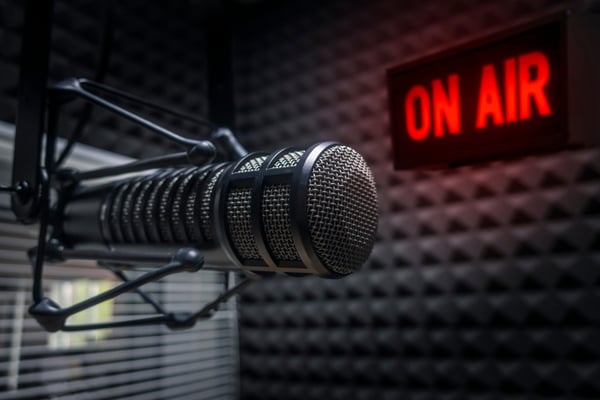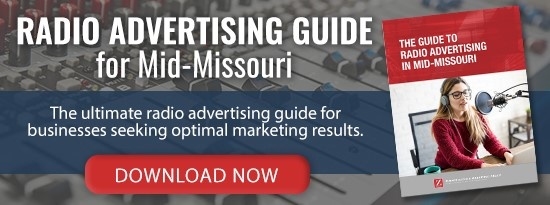
So you want to run a radio ad. Wonderful! Which station do you choose? When do you want your ad to air? Do you choose the station YOU like, or is there a better plan of attack. How do you get started and what is it important for you to know? Here is information on both the art and science behind radio advertising. Information that will help you make smart decisions when buying it for your business.
Radio stations work very hard to build a large and loyal listening audience. They invest time, research and strategy in implementing different tactics to grow their listener base in their target demographic. They know how to appeal to different age groups and encourage those listeners to stay tuned in for longer periods of time. Air personalities, audience engagement, music selection, commercial inventory and other elements are carefully selected and monitored to meet key audience growth measurements. It’s both an art and a science.
FORMAT
Radio stations are identified by their format – the chosen programming and style of announcers. Formats include everything from news/talk, sports, country, classic rock, and more. Each format appeals to a slightly different audience and is carefully selected given a geographic area. Station listeners vary by age, gender, geography, income and interests.
Which station should you choose? At first blush, you might think that it’s simply a matter of finding the station with the most listeners, right? Maybe. Typically, the more listeners a station has, the greater the demand on their commercial inventory…and the higher the prices are. It’s worth the investment IF that station matches your target demographic. Frequently though, the right station for you may not be the one with the “most” listeners. The key is to select an audience based on its demographic match to your target customer. In most cases, quality trumps quantity. Depending on your goals, offer and budget, you may be better off talking to fewer people but who have a higher propensity to respond to your ads than just simply selecting a station based on mass appeal.
The next step is to consider when to have your ads run. Again, as with audience, the best solution for you may not be what you first think. Just as with format selection…quality trumps quantity.
SCHEDULE
It’s easy to say you want “morning drive” or other prime dayparts, as that’s when the most people are listening. Resist the urge to think that people ONLY listen during the daytime and that there are no listeners during evenings or overnights. That’s simply not true. Different dayparts provide access to different groups of listeners…each having its own advantages. While it’s possible to purchase a specific time or daypart exclusively, that’s seldom the most effective strategy. Prime dayparts tend to be more expensive, eating through your advertising budget quickly and causing you to sacrifice frequency. Never discount evening and overnight listeners. Think about it. Not all the world sleeps when you do. For those listeners, there is less competition for their attention, the rates are more affordable and therefore it’s easier to “own” the available audience.
FREQUENCY
What is frequency? Based on listening habits frequency is the number of ads needed to run in a week so that an average listener will hear it a minimum of 3 times. Why is that important? Seldom do listeners respond after hearing just one ad. Repetition is key. A listener must hear an ad a minimum of 3 times before the information in that ad triggers memory and starts to influence their buying process. Data tells us that, to achieve a frequency of three on the average radio station, you’ll need a minimum of 21 ads each week scheduled across all dayparts. The national Brandsformation system recommends a minimum of 25 ads/week in an awareness campaign, and 50 ads/week in an action campaign.
As you can see, getting started in radio advertising is more than just “buying an ad.” Broadcast radio is a balance of both art and science, all designed to maximize an audience so that they’ll hear and respond to your campaign. By understanding some of what goes on behind the scenes, you can be prepared to drive the best results possible to your business.
